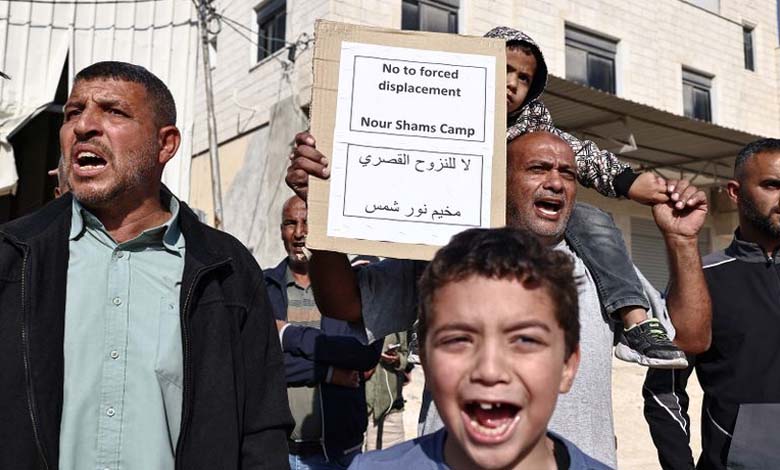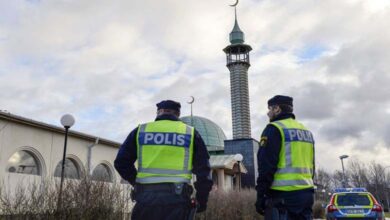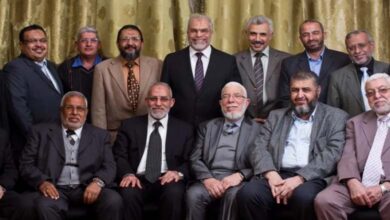When are we going back?: a Palestinian cry from the West Bank camps

Ten months after being forced to flee the Tulkarem refugee camp in the West Bank following an Israeli military operation, Hakam Irhiel does not know whether he will ever be able to return.
In mid-January, Israel launched a large-scale military operation targeting several Palestinian refugee camps in the northern West Bank. According to Israeli authorities, the operation, named “Iron Wall,” was aimed at “eradicating armed groups.”
During the operation, which affected the camps of Tulkarem, Nour Shams and Jenin, the 41-year-old father of four was displaced, and his home was destroyed.
“Before the operation, each of my children had their own room. Yes, we lived in a camp, but our life was better, much better,” he told Agence France-Presse.
Irhiel now lives with his family in a nearby school and fears that this temporary shelter may become permanent.
In a report published on Thursday, Human Rights Watch stated that 32,000 Palestinians remain forcibly displaced due to the Israeli operation.
A historical reminder
After the creation of the State of Israel and the 1948 war, which led to the displacement of thousands of Palestinians, refugee camps were established in the West Bank and neighboring Arab countries, including the Tulkarem camp.
Initially, the refugees lived in tents. Over the years, these were replaced by brick-built homes, and growing population pressure led to the construction of additional floors.
According to the Human Rights Watch report, the Israeli army destroyed more than 850 homes over the past ten months, along with other buildings in three camps in the northern West Bank.
It also carved wide roads through the camps, replacing the narrow alleys they were known for, to facilitate the passage of military vehicles.
In response to AFP questions, the Israeli army stated that the Tulkarem and Jenin camps had become “terror strongholds, where armed men operate within civilian neighborhoods.”
It added that the operation had resulted in “a significant decrease in terrorist activity in the area,” though no end date was provided.
Irhiel’s family is among 19 families taking shelter in the school.
“There is no privacy here at all. I live in a classroom with my wife and four children,” he explained.
“I hung blankets as curtains so that my daughter could sleep alone and have a little privacy,” he added.
In the school’s outdoor corridors, displaced families planted small gardens, set up a sink for washing dishes and hung ropes for drying clothes.
A demand to return
On the outskirts of Tulkarem, near the Nour Shams camp, displaced residents organized a demonstration demanding the right to return to their homes.
Around 150 demonstrators entered through a new gate installed on the road leading to the camp before stopping at the entrance, where the street ascending toward the houses was filled with rubble.
During the gathering, gunfire erupted from inside the camp, where Israeli forces were positioned. A press photographer was shot in the leg, triggering panic among those present.
The army told AFP that the demonstrators had “entered a closed military zone,” acknowledging that shots were fired at a “main instigator” after he “refused to comply.”
The Nakba remains deeply rooted in the Palestinian collective memory, and camp residents like Irhiel fear that history may repeat itself, particularly since many believed in 1948 that their displacement would be temporary.
Residents informally exchange possible dates for returning, though no official confirmation has been given.
“We demand to return to the camp, even if my house is destroyed. I want to go back, at least to see the place where it stood, even if only in ruins,” Irhiel said.












